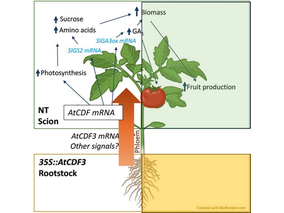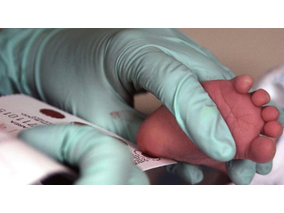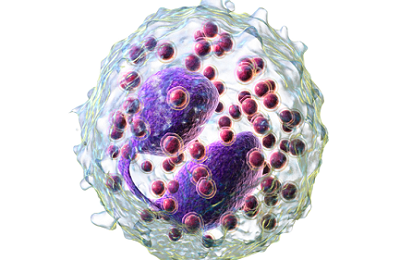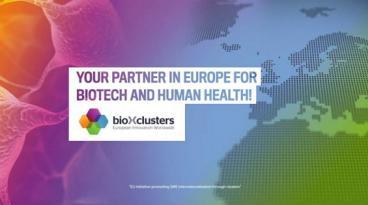The bioXclusters+ project (European Strategic Cluster Partnership on Personalized Healthcare) has once again gained support from the European Union and will be able to continue the work carried out by its predecessor: bioXclusters (2012-2014). This initiative brings together four leading clusters in biotechnology and health: Biocat (Barcelona, Catalonia), BioM (Bavaria, Germany), BioPmed/Bioindustry Park Silvano Fumero (Piedmont, Italy) and LyonBiopole (Rhône-Alpes, France) to promote the internationalization of their SMEs in the personalized medicine arena.
The project kicked off on 26 and 27 January in Lyon (France) with representatives of the four clusters.
Internationalization can often be difficult for SMEs in the life sciences sector. But the market is global and so is the competition, so it’s worth exploring the opportunities in foreign markets and not closing any doors. bioXclusters+ aims to help SMEs break into global markets –focusing mainly on the United States, China, Brazil and Japan– as well as acting as a gateway to Europe for foreign countries and institutions.
The first phase of this European project can be considered a success, having resulted in 11 agreements and collaborations between European SMEs and commercial partners in the United States, China and Brazil. bioXclusters also forged bonds with these countries by signing six Memorandums of Understanding with science parks and cluster associations that give European SMEs access to these markets.
From 2012 to 2014, many events were held with experts in order to open communication channels with contacts and bodies in the target countries. It also included business missions to São Paulo and Rio de Janeiro (Brazil), Shanghai (China) and Boston (Massachusetts), in which Catalan companies and institutions participated.
The results of the project and recommendations for SMEs were compiled in a manual of best practices that can be consulted online.

El equipo de investigadores observó cambios en el...

El gen AtCDF3 promueve una mayor producción de az...

Un estudio con datos de los últimos 35 años, ind...

En nuestro post hablamos sobre este interesante tipo de célula del si...

La revista ‘Nature Protocols’ selecciona esta técnica como “pro...
Portal de biotecnología en España
¡Suscríbase a nuestro newsletter para estar al día con las últimas noticias y ofertas!
2013 © Biotech-Spain.com - Site Developments SL. Todos los derechos reservados. Terminos y Condiciones | Política de Privacidad
Articles
Directory
